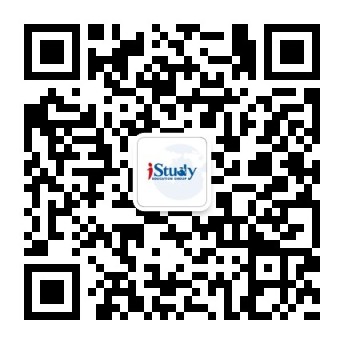xiànɡshù 象数
Emblems and Numbers
占筮所依据的形象和数字。“象”最初指龟卜中所呈现的兆纹,“数”则指占筮中蓍草推演的数字,“象数”是推断吉凶的基本依据。在《周易》的意义体系中,“象”指卦爻符号及其所象征的事物,“数”则指阴阳奇偶之数与筮草演算之数。《周易》的一些解释者主张通过“象数”去推演天地万物的变化。
This refers to the emblems and numbers used in divination. Emblems are cracks in baked tortoise shells, and numbers are inferred from stalks used in divination. Emblems and numbers are the basis of foretelling the future. In The Book of Changes, emblems are divination symbols and the things they represent, and numbers refer to the odd and even numbers of yin and yang and the numbers secured from the divination stalks. Some interpreters of The Book of Changes advocate using emblems and numbers to deduce the changes in all things in the universe.
引例 Citation:
◎龟,象也;筮,数也。物生而后有象,象而后有滋,滋而后有数。(《左传·僖公十五年》)
(龟甲上的兆纹是“象”,筮草的数字是“数”。万物生成而后有“象”,有“象”而后物象增多,物象增多而后有“数”。)
The cracks in baked tortoise shells are emblems, and the divination stalks represent numbers. The appearance of things produces emblems; as emblems increase, so do numbers. (Zuo’s Commentary on The Spring and Autumn Annals)
◎参伍以变,错综其数。通其变,遂成天下之文;极其数,遂定天下之象。(《周易·系辞上》)
(或三或五而发生变化,阴阳之数交错会聚。通达卦爻的变化,于是成就天下万物的条理;穷极卦爻的数字,于是确定天下之物的形象。)
The lines of a hexagram are signs of change; the odd and even numbers alternate and combine. By understanding the changes that occur in the lines of the hexagrams, we achieve an understanding of all the patterns in the world. When all possible numerical combinations have been exhausted, the images of things in the world have been determined. (The Book of Changes)








